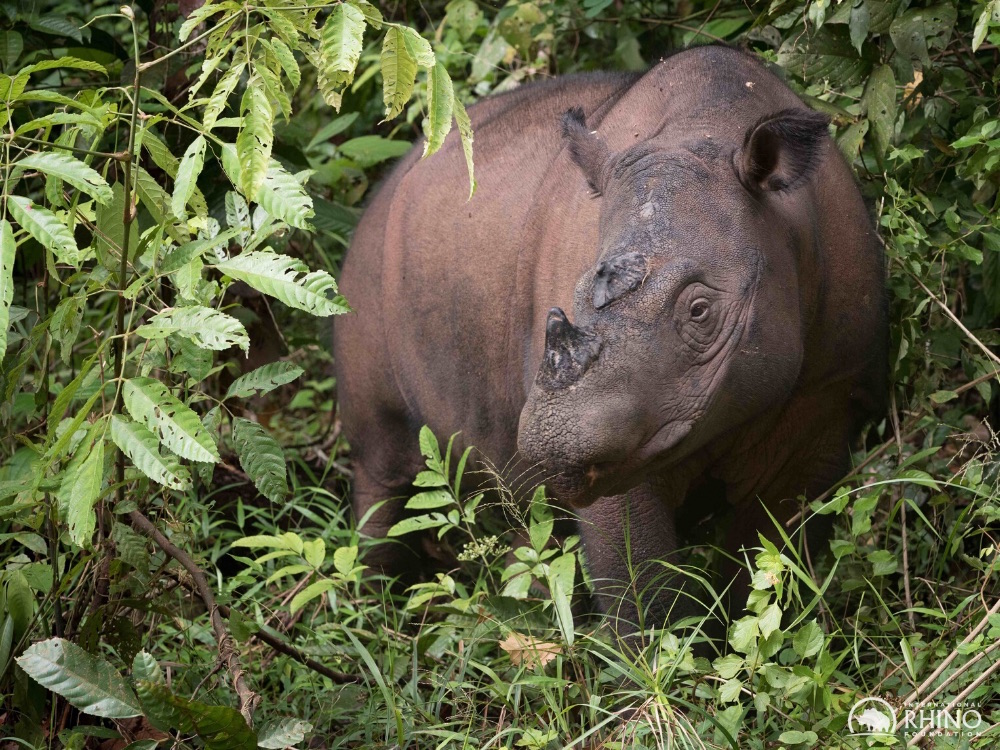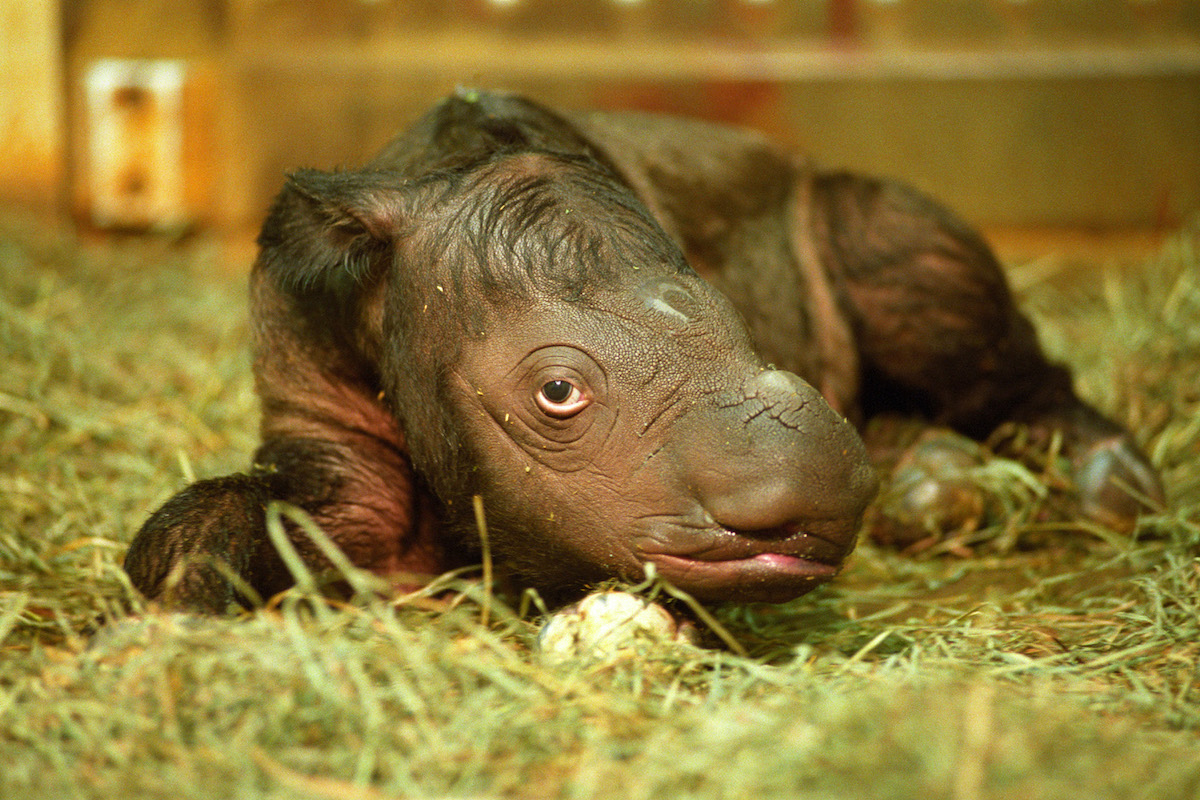- There’s no evidence to show that the trade in blood pythons from Indonesia, coveted for their skins for making luxury fashion items, is sustainable, a new study shows.
- In fact, the evidence indicates that much of the trade, which involves slaughtering and skinning the snakes by the tens of thousands every year, may be illegal.
- The species isn’t considered threatened or protected in Indonesia, the main producer of blood python skins, and exports are governed by CITES, the convention on the international wildlife trade.
- The study’s author calls on the Indonesian government to enforce stricter monitoring and scrutiny of annual harvests, traders to abide by the regulations, and global buyers to shift away from exotic leather and use alternatives.
JAKARTA — If you own a luxury fashion item made with snakeskin, there’s a good chance it came from a blood python in Indonesia, where the species isn’t considered threatened. But that’s likely not a real reflection of the snake’s status, with a new study showing there’s no evidence that the trade in the species is sustainable.
A center for the trade in blood pythons (Python brongersmai) is the Indonesian province of North Sumatra, where industrial-scale slaughterhouses kill and skin tens of thousands of the snakes annually, much of it to meet international demand. The practice is regulated by law in Indonesia, and exports are governed by CITES, the convention on the international wildlife trade. But little about the whole industry appears to be sustainable, or even legal, the study suggests.
“The blood python trade, and specifically their trade in North Sumatra, was interesting,” study author Vincent Nijman, a professor of anthropology at Oxford Brookes University in the U.K., told Mongabay in an email. “[T]here were several research groups that, over the years, had visited the same slaughterhouses, recorded what was there, measured the same things (number of snakes, length, sex, etc.), and yet came to radical different conclusions” — some finding that the trade was sustainable, others hinting at an overharvest, and others calling it unsustainable.
“In addition to that there was good data on their international trade, on their harvest quotas and on their export, so it was just a matter of bringing it all together,” Nijman said.

The blood python is found in eastern Sumatra and the smaller islands of Indonesia and the Thai-Malay Peninsula. Within Sumatra, the species’ exact range is unclear.
Indonesia is the main supplier of live blood pythons and their skins for international trade, where they’re used as an exotic leather. Blood pythons aren’t protected by Indonesian conservation law, but their harvest and trade, both domestic and international, is regulated under a quota system. That system is aimed at keeping the capture of pythons from the wild in check, but is typically set by assessing the collection data from reptile traders, slaughterhouses and processing facilities.
Nijman analyzed harvest quotas, export quotas and trade data he obtained from the Indonesian government and CITES from 2004 to 2022. He also used data reported by exporters of blood pythons, and reviewed previous scientific papers on the trade.
“There are some peculiarities in the export of live blood pythons from Indonesia over the last 17 years,” he wrote in his study.
These include the changes in the way blood pythons were caught in the wild (from opportunistic capture to, at least in part, targeted collection). There were also reports of reexports of blood python skins from Singapore that were declared as being imported from Laos, where the species doesn’t occur; additionally, no country has ever reported exporting blood pythons to Laos since 2003.
Nijman also noted that in years when fewer wild-caught individuals were exported — and when there is room within the quota to export more — far fewer captive-born ones were exported. This suggests that in years when demand is high, wild-caught blood pythons are exported under the label of captive-born, he wrote.
His analysis indicates that the current method used by various researchers to assess the sustainability of the blood python harvest and trade in Indonesia is highly problematic because it fails to detect changes in wild populations.
“I think the first and perhaps most important aspect to consider is that in order to assess whether or not any trade or harvest is sustainable, you need to have data from at least two points in time, and these data have to be comparable,” Nijman told Mongabay.
“Some researchers, not just working on blood pythons, only have data from one visit so that makes it challenging to draw firm conclusions about sustainability (it is not impossible but let’s say it is at least more difficult),” he said. “Others have data from two points in time but these are so far apart, sometimes decades, that this makes it unlikely that the difference (or non-differences) you see are all due to changes (or, again, no changes) in the populations of animals you want to assess.”

Nijman said surveying wild populations is the best way to assess the sustainability of the wildlife trade, but acknowledges that this requires time and effort. “Based on data Indonesia reported to CITES it exported over three million snake skins over the last decade; there is no valid reason why this multi-million-dollar business cannot properly assess the real effects on the wild populations it is dependent on,” he wrote in the paper.
He also called on the Indonesian government to enforce stricter monitoring and scrutiny on annual harvests; on traders to abide by the regulations; and on global buyers to shift away from exotic leather and use alternatives.
“There is no real need for them — it really is a luxury item, with several large fashion houses dominating the market,” Nijman said. “If these dominant players change what they think is acceptable this can have a massive effect on how we trade snakes and other reptiles.”

Citation:
Nijman, V. (2022). Harvest quotas, free markets and the sustainable trade in pythons. Nature Conservation, 48, 99-121. doi:10.3897/natureconservation.48.80988
FEEDBACK: Use this form to send a message to the author of this post. If you want to post a public comment, you can do that at the bottom of the page.
Follow Basten Gokkon on Twitter to see his latest work via @bgokkon.














